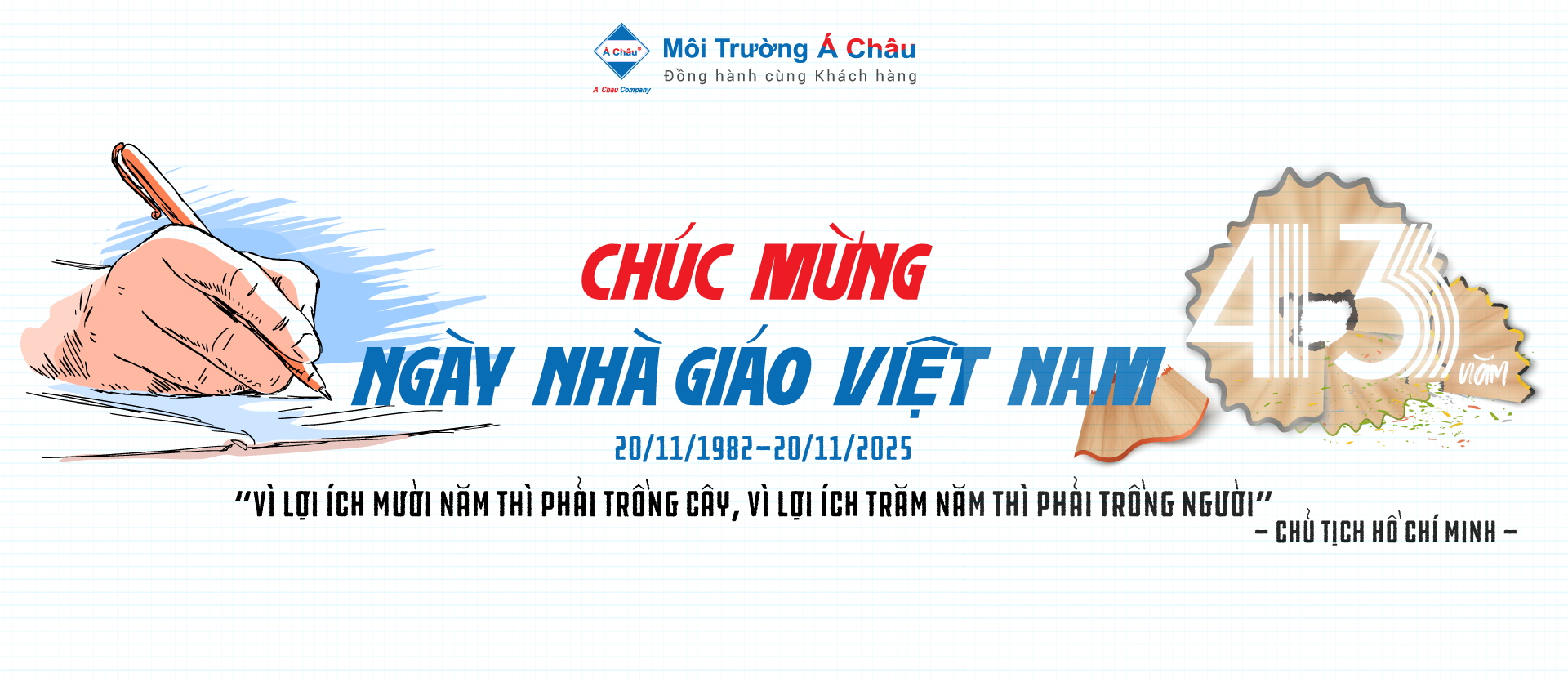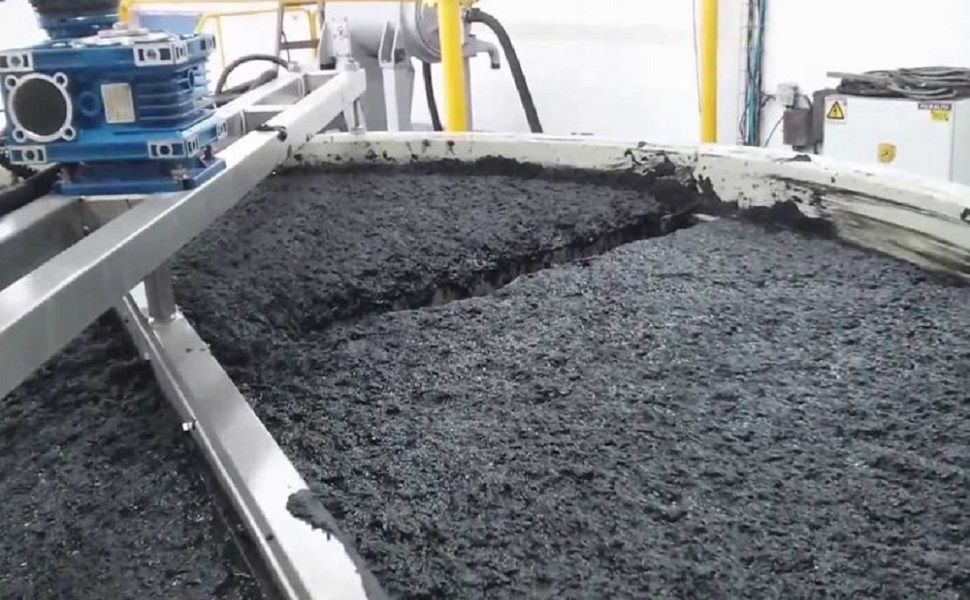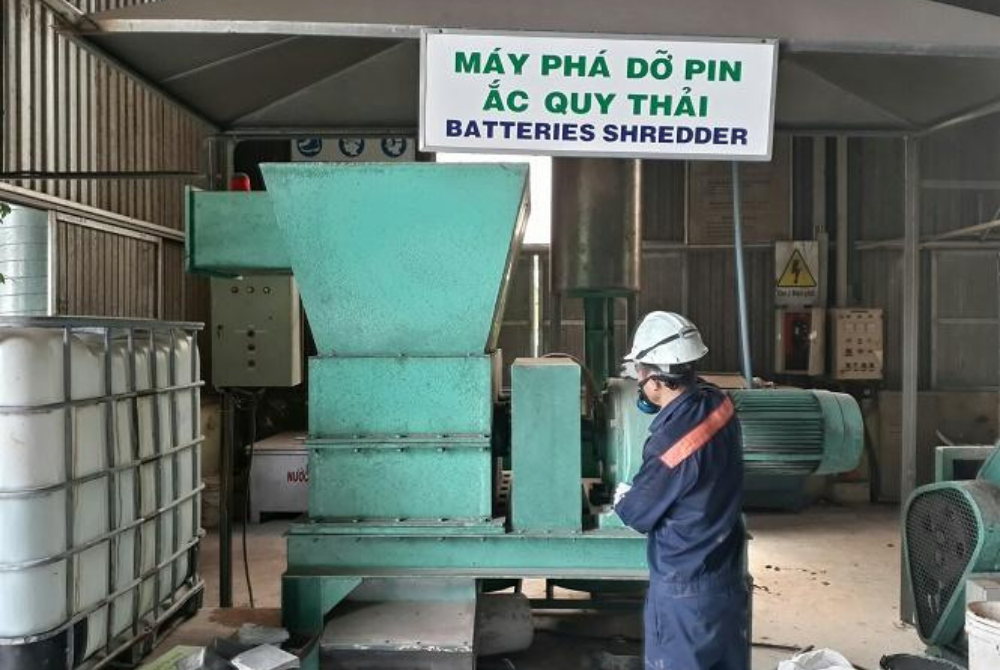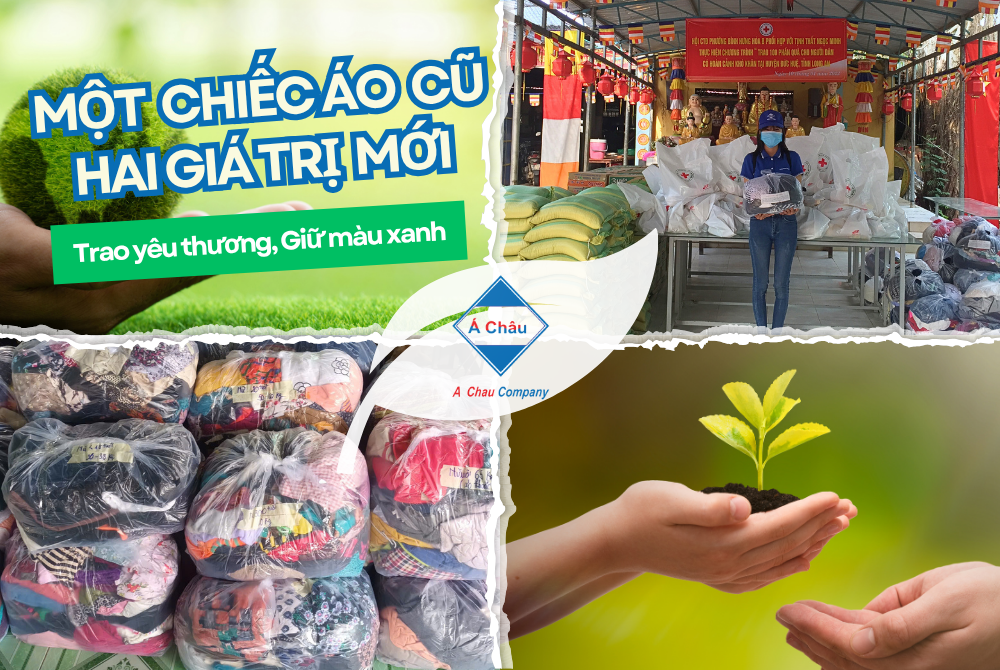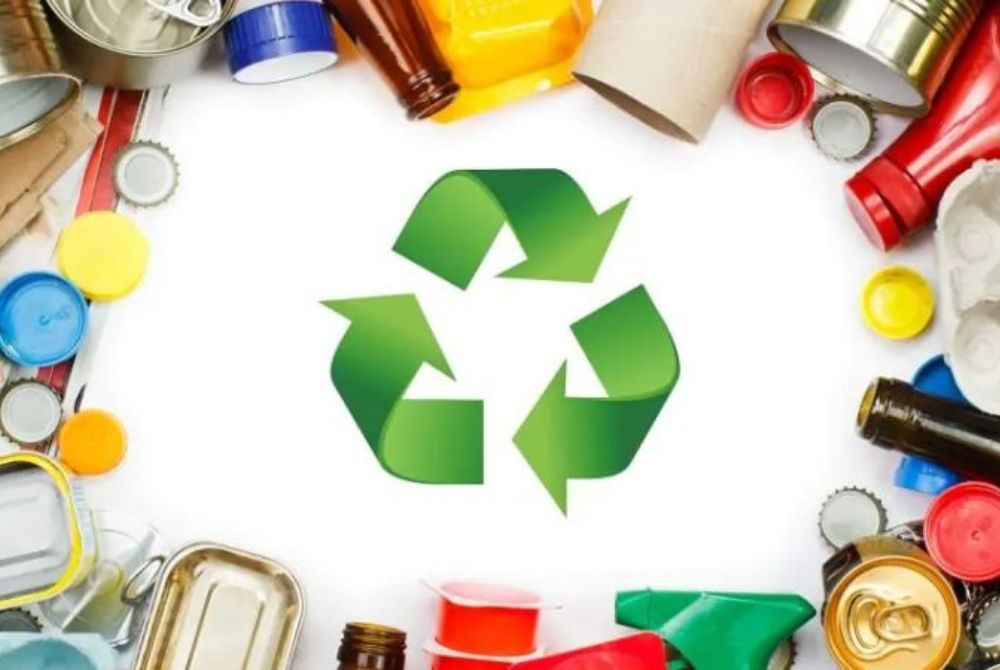Using sewage sludge as raw material and fuel for the cement industry
The use of sewage sludge from To Lich and Kim Ngu rivers or West Lake and Yen So Lake... as professionals consider raw material and fuel for cement production to be a Green solution.
The management expert says that sludge in many rivers and lakes in Hanoi's inner city (such as To Lich, Kim Nguu rivers, West Lake, Hoan Kiem...) contains many organic substances so that it can be used as a fuel for cement plants. This solution opens up the future for cleaning rivers and lakes but also improves the raw material problem.
Sludge becomes cement material.
Speaking about the idea, Mr. Pham Van Nhan, CEO of the Vietnam Cement Corporation (Vicem), said that the waste treatment potential in the cement industry is huge because this solution can thoroughly dispose of waste, especially hazardous waste in enormous volumes due to the use of high-temperature kiln available in the production line, which does not require high sort of waste.
In particular, waste treatment in the cement industry also contributes to high heat recovery rates, ignoring secondary emissions and a continuous 24/7 monitoring system; thus, there is no need for burial sites, contributing to environmental protection and landscape protection.
Vietnam Cement Company has been successfully processing waste, sludge, and alternative materials since 2019. By 2020, Vicem processed sludge in five lines of four production units, with a total volume of up to 15,000 tons. In 2021, Vicem increased its sludge processing capacity to 70,000 tonnes, replacing 3 to 5% of the mass of clay material in cement production. This initiative demonstrates the company's commitment to sustainable practices in the cement industry.
In view of the possible results of the technology of putting waste into fuel, the raw material for cement production, from the end of 2021, Vicem But Son has been authorized by MONRE to test the treatment of hazardous waste. After five months of trial operation, the unit has successfully disposed of more than 4,172 tons of hazardous waste.
By 2022, Vicem plans to dispose of 86,000 tons of debris. The above test results have shown that, in order to promote a circular economy in the production of cement, one of the most effective solutions, most importantly, is to replace traditional fuel sources with fuel from waste.
However, the problem with Vicem and the cement industry in Vietnam, in general, today is that it is still difficult to access the source of sludge, regular industrial waste, especially the sludge in the To Lich River, Lake West, and Lake Yen So caused by the mechanism.
Rivers and lakes have a chance to be cleaned up.
According to Prof. Dr. Tran Hieu Nhue, former head of the Institute of Technique and Environmental Technology (ITET), says the waste in the To Lich River, Lake West, Lake Hoan Kiem, or the discharge in the lakes, ponds in the villages... contains much organic matter. The characteristic of organic matter is that it is very explosive, and after burning, carbon is a component of cement.
Mr. Nhue emphasized that sludge is not dumped in rivers, but lake water can produce cement with a variety of organic matter. The raw material for cement typically comes from the river or lake and is transported, dried, and burned. The sludge combustion revolution, along with other kiln materials, has emissions treatment technology to limit emissions.
Cement factories are always worried about product quality when using waste and sludge as raw materials. But if it does not affect quality, making raw materials and fuel will help save and reduce emissions., Mr. Nhue shared.
With this new meaning, Vicem also recently referred the Minister of Construction and recommended that the concerned study additional mechanisms, transparent policies, and specific treatment costs for each type of waste and publish publicly to attract, promote, and facilitate enterprise access to sources of emissions.
Experts argue that in sustainable development, circular economy, or green economy, waste is eliminated as output from one industry is input from another. To achieve this, precise policy mechanisms, direction, technique, technology, and public awareness are needed. If the cement industry can handle waste mud, solid waste, and fuel input, it can lead to environmental protection for rivers, lakes, and ponds across the country.
The representative of MONRE said that the current legislation does not prohibit cement plants from treating sludge as regular industrial waste. Moreover, in terms of the development of the circular economy, the output of one sector is the input of another, and the state is very encouraged.
However, only some cement factories can participate in the co-processing of waste. However, it must have a plan, investment in technology, testing, and proof of assurance. There are already a number of cement factories that are compliant and authorized to take part in waste treatment, including some VICEM string.
Source: ximang.vn
